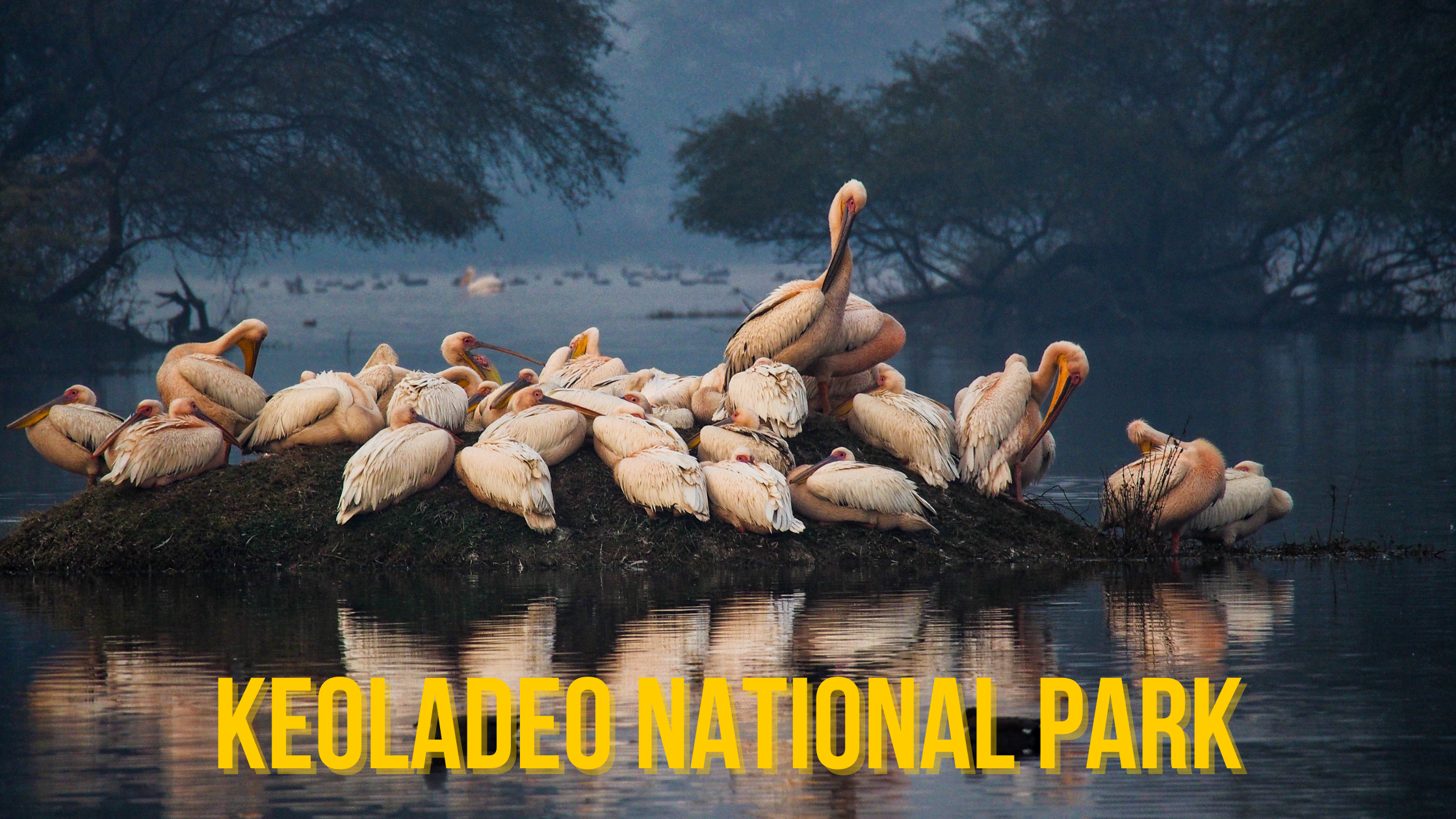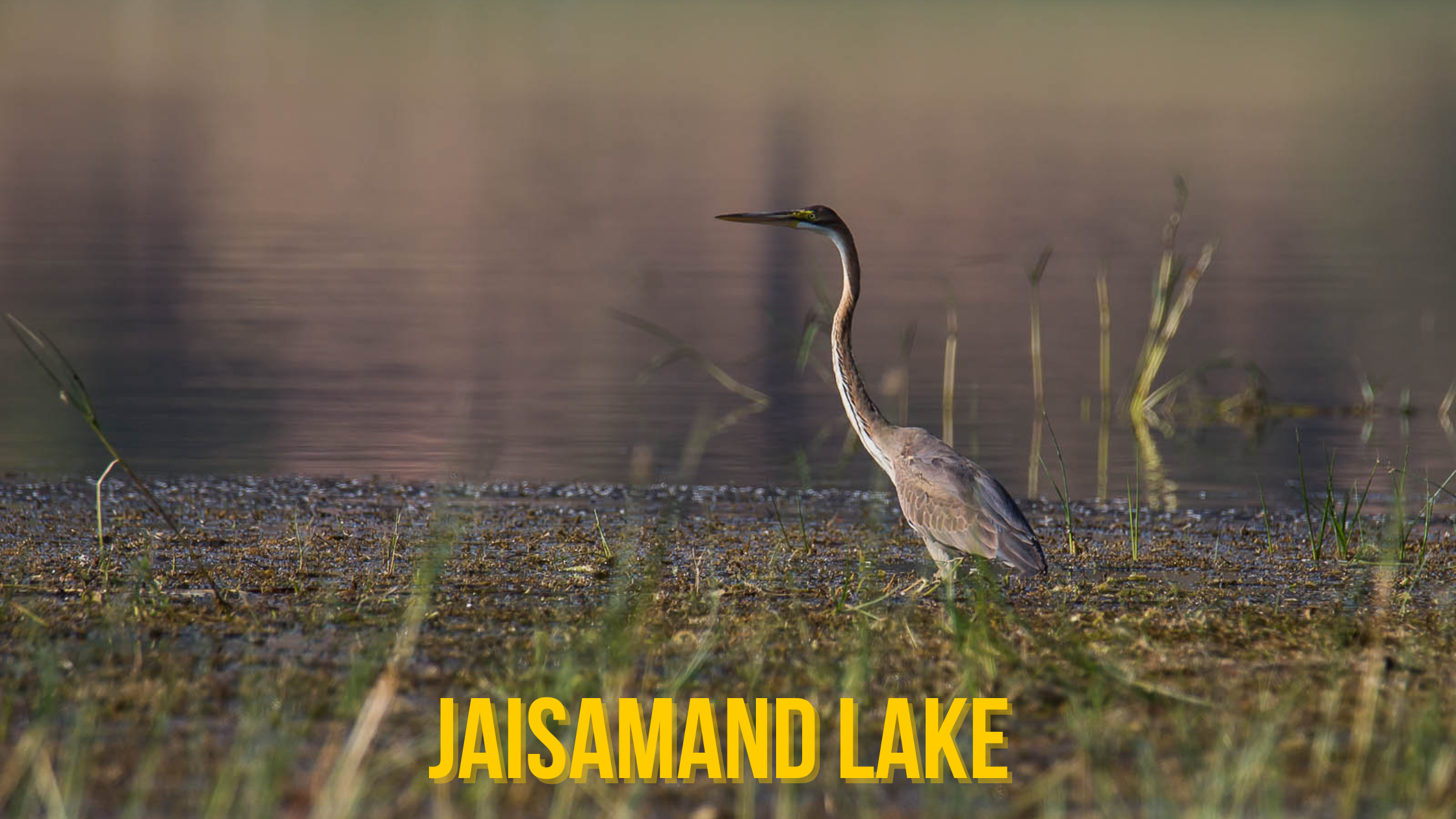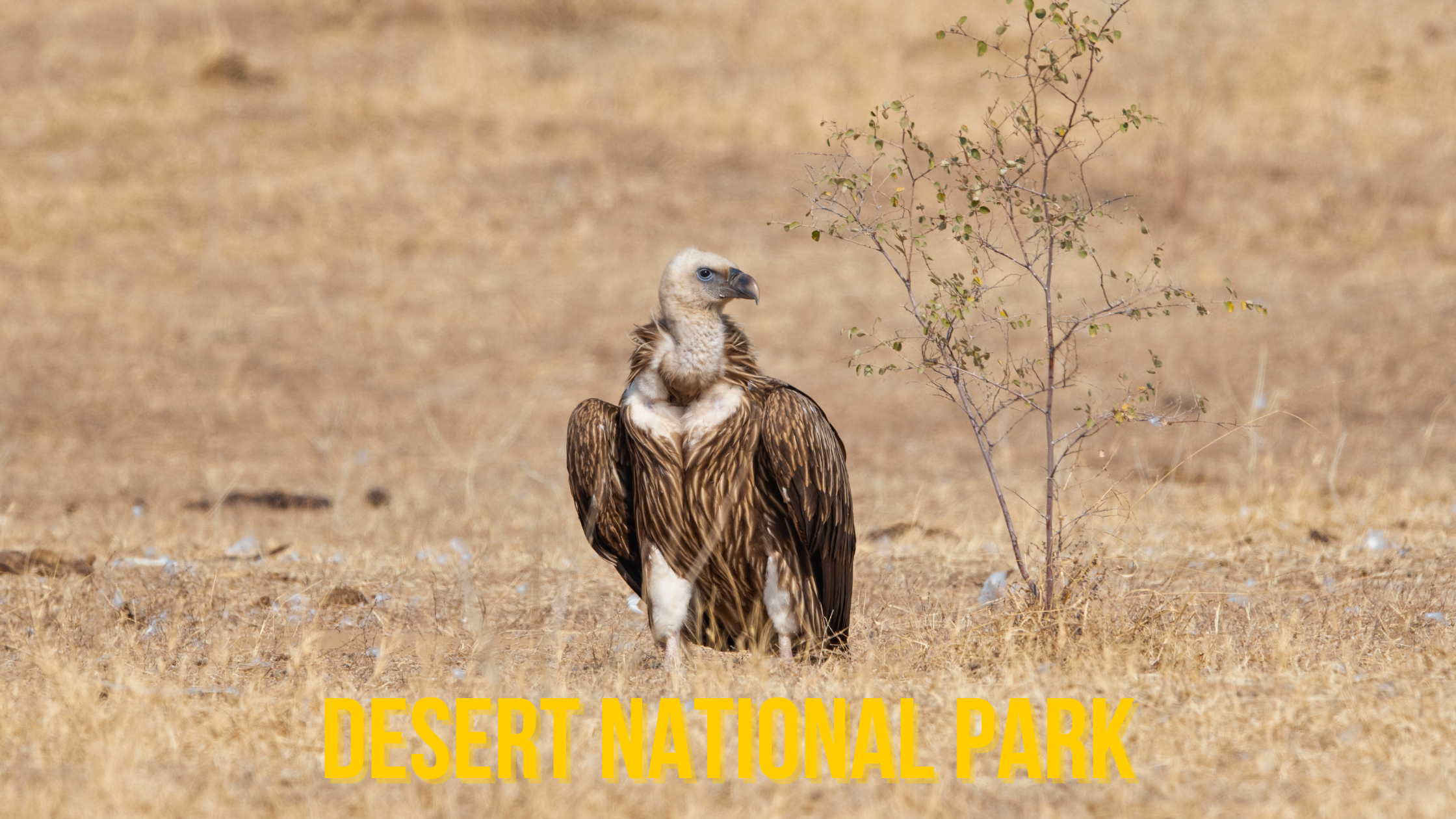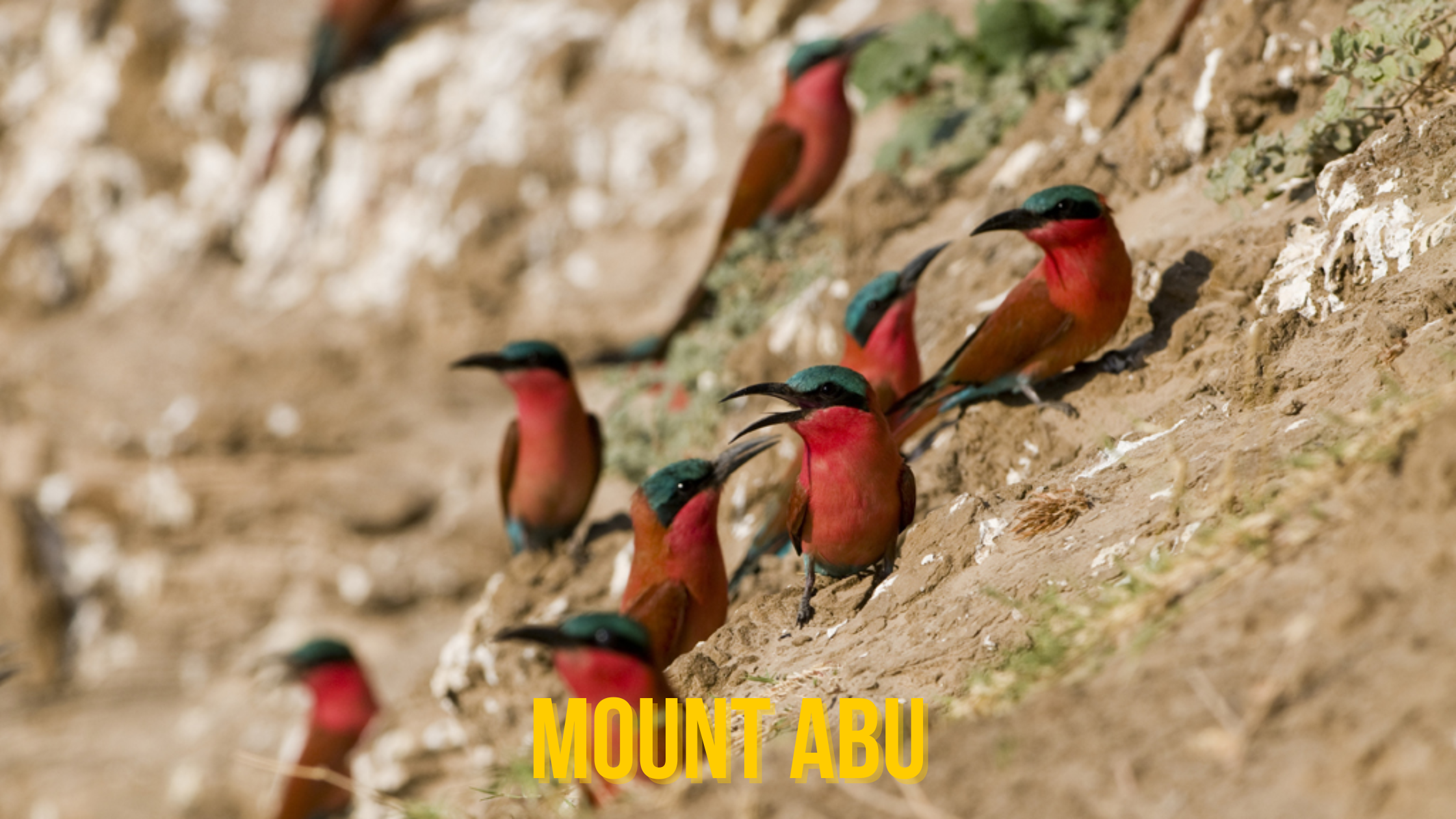Rajasthan’s rich biodiversity, particularly its unique wetland ecosystems amidst the desert landscape, creates ideal stopovers for migratory birds traveling long distances. These areas act as feeding and resting grounds for birds coming from Siberia, Central Asia, Europe, and even China. The state is home to over 450 species of birds, including both resident and migratory varieties, making it one of India’s top birdwatching destinations.
Keoladeo National Park (Bharatpur)

Keoladeo National Park in Bharatpur is a top winter destination (November to February) and a UNESCO World Heritage Site known as the “Bird Paradise.” It attracts thousands of migratory birds, including Siberian cranes, pelicans, and herons, making it ideal for birdwatchers. The cool weather allows comfortable exploration of its diverse habitats, and visitors can enjoy cycle rickshaw rides or guided tours. With over 370 bird species, winter is the best time to experience the park’s vibrant wildlife and stunning landscapes.
Sambhar Lake:

Sambhar Lake, near Jaipur, is a top winter destination (November to February) and India’s largest saline lake. It attracts migratory birds like flamingos, sandpipers, and pelicans, making it a haven for birdwatchers. The cooler weather allows for comfortable exploration of the lake’s picturesque landscape against the Aravalli Range. Additionally, local salt production and traditional villages offer a glimpse into the region’s culture, making winter the ideal time to experience the natural beauty and wildlife of Sambhar Lake.
Bandh Baretha Wildlife Sanctuary:

Bandh Baretha Wildlife Sanctuary, located in Bharatpur, Rajasthan, is a hidden gem for nature lovers and wildlife enthusiasts. Spanning arround 368km diverse ecosystem, the sanctuary is home to various species of flora and fauna, including a rich population of birds, making it a paradise for bird watchers. Its serene landscape includes forests, lakes, and the Bandh Baretha dam, which provides an essential water source for the wildlife. The sanctuary also serves as a crucial conservation reserve, offering a habitat to animals like leopards, nilgai, and wild boars. Bandh Baretha is not only significant for wildlife preservation but also a tranquil escape for eco-tourism, providing visitors with a chance to explore Rajasthan’s natural beauty while supporting conservation efforts.
Tal Chhapar Sanctuary (Churu District)

Tal Chhapar Sanctuary, located in Churu district, is a great winter destination (November to February). Known for its grasslands, it is a haven for blackbucks and offers excellent birdwatching opportunities. During winter, visitors can spot migratory birds like sandgrouse, waders, and raptors such as harriers and short-toed eagles. The cool weather enhances wildlife viewing, and the sanctuary’s vast landscapes are perfect for photography. Jeep safaris and guided walks allow for a close look at the rich flora and fauna, making winter the ideal time to visit.
Jaisamand Lake (Udaipur)

Jaisamand Lake, near Udaipur, is a beautiful winter destination (November to February) and India’s second-largest artificial lake. The cooler weather offers stunning views and a serene environment, perfect for exploring the surrounding hills and forests. Winter is also ideal for birdwatching, attracting various migratory birds like spoonbills, herons, and egrets. Visitors can enjoy boat rides for unique views of islands and temples, making it a perfect spot for relaxation and photography. Overall, winter is the best time to experience the tranquility and natural beauty of Jaisamand Lake.
Desert National Park (Jaisalmer)

Desert National Park, near Jaisalmer, is an exciting winter destination (November to February) known for its unique desert ecosystem. The cool weather is ideal for exploring sand dunes and rocky plateaus. Wildlife is more active, allowing sightings of species like the desert fox, chinkara, and endangered birds such as the Great Indian Bustard and Sociable Lapwing. Migratory birds like kestrels and vultures also visit during this season. Visitors can enjoy safari tours and stunning sunsets over the dunes, making winter the perfect time to experience the park’s natural beauty and wildlife.
Mount Abu

Best visited from October to February, is Rajasthan’s only hill station known for its cool climate andattractions like the Dilwara Jain Temples, Gaumukh Temple, and Adhar Devi Temple. The Mount Abu Wildlife Sanctuary is home to diverse flora and fauna, offering a refreshing natural escape. Visitors can enjoy a mix of wildlife exploration and sightseeing in this charming hill station.
National Chambal Gharial Wildlife Sanctuary

The National Chambal Gharial Wildlife Sanctuary is ideal to visit in winter (November to February) due to its pleasant weather. Known for its gharials, mugger crocodiles, Gangetic dolphins, and migratory birds like Indian skimmers and flamingos, the sanctuary offers boat safaris for close wildlife viewing, making it a top destination for nature lovers in winter.
With its combination of wetlands, deserts, and forests, Rajasthan offers a diverse birdwatching experience. Whether you’re exploring the lush environs of Bharatpur or the stark beauty of the Thar Desert, birdwatching in Rajasthan is an unforgettable experience for any nature lover.


